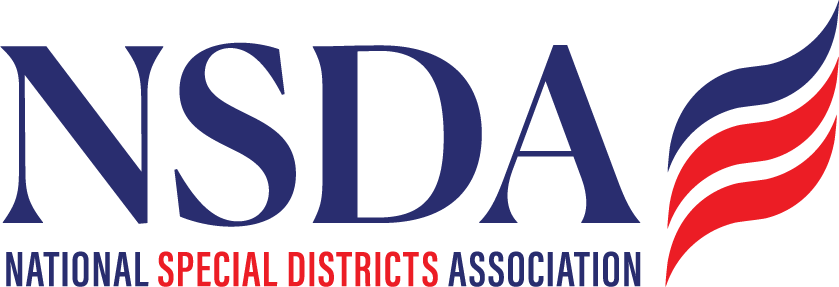EPA Issues Drinking Water Advisory on Four PFAS Chemicals, Will Release $1B in IIJA Funds to Address
June 23, 2022
The U.S. Environmental Protection Agency has announced health advisories on four Per- and Polyfluoroalkyl Substances, or PFAS, in drinking water. EPA has also announced it will open the first $1 billion in new Infrastructure Investment and Jobs Act funding to address PFAS in small and disadvantaged communities.
EPA announced an update to its original 2016 advisory on two PFAS contaminants known as PFOA and PFOS. The interim health advisories are triggered for PFOA at 0.004 parts per trillion and PFOS at 0.02 parts per trillion. Both thresholds are below the agency’s minimum reporting level of 4 parts per trillion for both chemicals. The advisories have been issued in “interim” fashion as ongoing studies continue to bring forward new information on the chemicals’ health impacts. The Agency also issued final health advisories for GenX Chemicals at 10 parts per trillion with a minimum reporting level of 5 parts per trillion and for PFBS at 2,000 parts per trillion with a minimum reporting level of 3 parts per trillion.
The advisories aim to provide information on health-adverse contaminants that are found, or could be found, in drinking water. According to EPA, these bulletins offer “technical information that federal, state, and local officials can use to inform the development of monitoring plans, investments in treatment solutions, and future policies to protect the public from PFAS exposure.”
During an EPA-hosted informational webinar hosted Thursday, officials stated that advisory is not a promulgation of enforceable standards, but are considered a “stepping stone” to forthcoming draft PFAS regulation. Per the Agency’s PFAS Strategic Roadmap, the draft proposal is expected this fall followed by a public comment and engagement period. Final, enforceable PFAS water quality regulations are anticipated in late 2023.
EPA will launch next year a nationwide monitoring program for 29 types of PFAS in drinking water. The agency will also require manufacturers of products containing PFAS to test the substances for better understand health and environmental impacts.
PFAS is a broad class of long-lasting chemicals used in many household items such as non-stick kitchenware, personal hygiene products, fire extinguishing foam, food packaging, and biosolids. The chemicals are found in the soil, water, and air. Research is ongoing to better understand impacts on human health and the environment.
The Agency has also announced the “Emerging Contaminants in Small or Disadvantaged Communities” grant program will soon to be open to states and territories with $1 billion of funds to be released during Fiscal Year 2022. The new $5 billion program was established in the Infrastructure Investment and Jobs Act to help small and disadvantaged communities address the presence of PFAS and other emerging contaminants in their drinking water systems.
States and territories have until August 15 to submit a letter of intent to receive shares of the appropriation. EPA is expected in late summer to release guidance for states to develop their individual programs. Federal funding released to the states in early Fiscal Year 2023 and open to eligible agencies. The program will be open to small systems providing drinking water to fewer than 10,000 customers and to systems serving disadvantaged communities, as defined on a state-by-state basis.
NSDC will continue tracking the development of federal PFAS regulation. Members are encouraged to engage with their state drinking water agencies for information on state PFAS regulations, legislative efforts, and funding opportunities.
